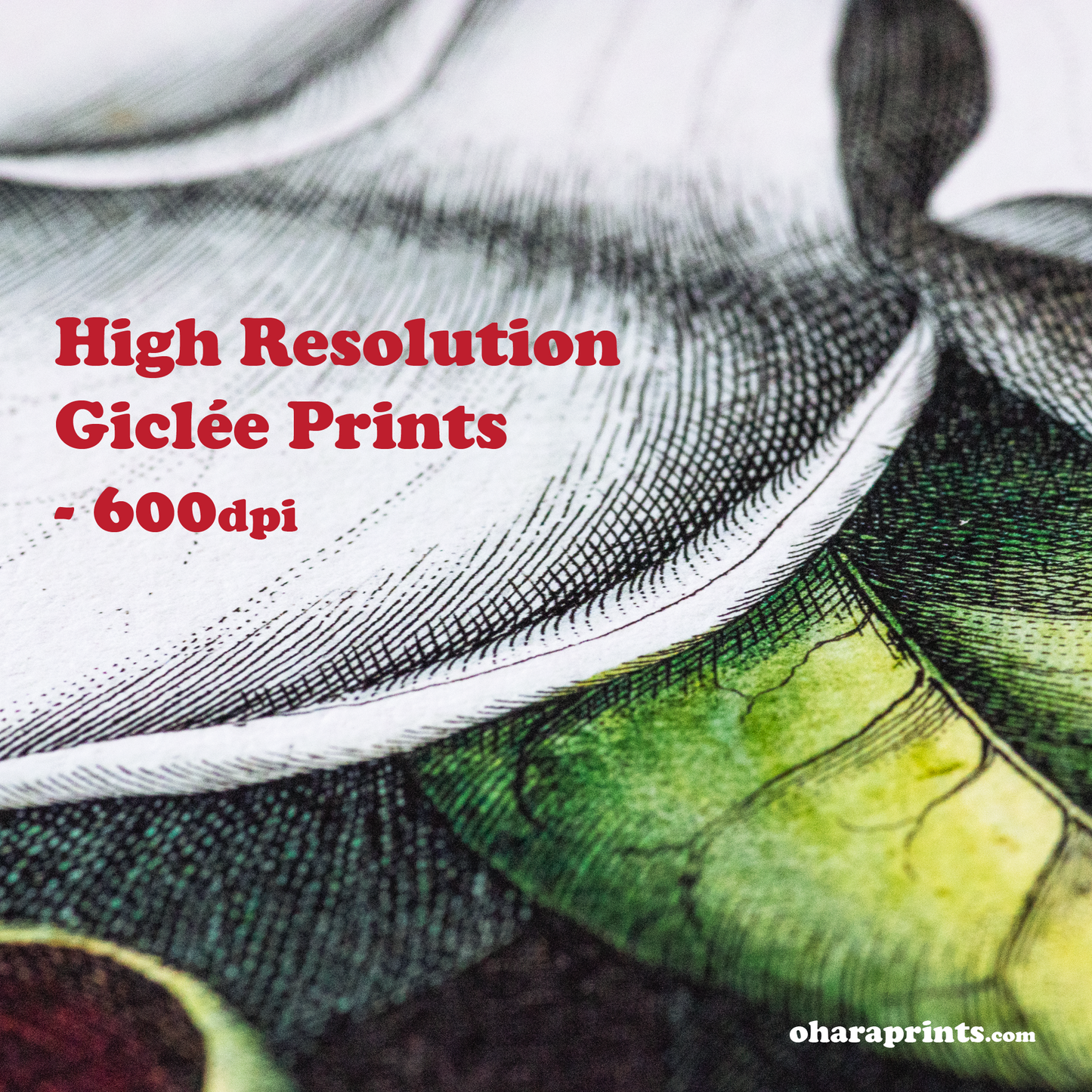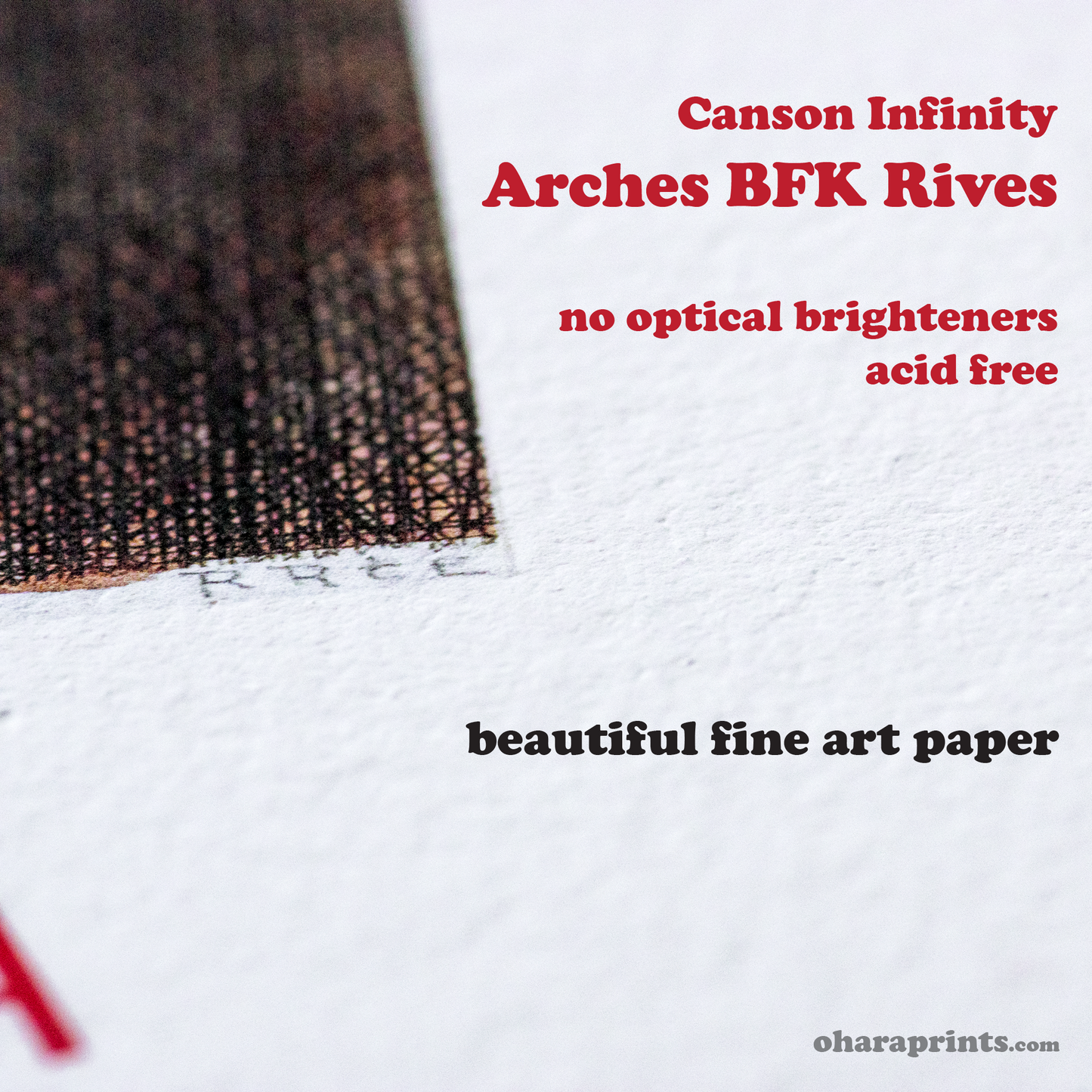Ohara Prints
PAUL KLEE - Burggarten
PAUL KLEE - Burggarten
Couldn't load pickup availability
THE ARTWORK
Burggarten (1919) by Paul Klee is a delicate and intricate drawing created during a transformative period in his career. In this early work, Klee employed ink and watercolor to depict a stylized view of a garden, likely inspired by the Burggarten in Vienna, a public park near the Hofburg Palace. The drawing features abstracted plant forms and architectural elements, rendered with a whimsical and playful quality that reflects Klee’s evolving artistic vision.
The composition of Burggarten reveals Klee’s deep fascination with organic structures and nature. Using a series of fine, precise lines, he created an intricate network of shapes that evoke both the natural beauty of a garden and a sense of structural order. The soft washes of watercolor in muted tones add a dreamlike quality to the scene, making it appear almost otherworldly.
This work, produced after Klee’s experiences with World War I, reflects his growing interest in abstraction and symbolic representation. It marks an important step in his development toward the more complex, abstract compositions he became known for in the 1920s.
THE ARTIST
Paul Klee (1879–1940) was a Swiss-German painter and one of the most influential figures in modern art. Known for his highly individual style, Klee’s work transcended traditional categories, blending elements of abstraction, surrealism, cubism, and expressionism. His art is characterized by a childlike simplicity and playfulness, often using bold colors, geometric shapes, and fantastical elements to evoke deeper emotional and symbolic meanings.
Klee was born in Switzerland and showed an early interest in both music and art. He later studied in Munich, where he became involved with avant-garde circles, including the influential Der Blaue Reiter (The Blue Rider) group alongside Wassily Kandinsky. Throughout his career, Klee was fascinated by color theory, and his teaching at the Bauhaus School in the 1920s significantly influenced his artistic approach. He saw painting as a spiritual practice, often drawing on music, poetry, and nature to create abstract compositions that reflect his inner world.
Some of Klee's most famous works include Twittering Machine (1922), Castle and Sun (1928), and Senecio (1922). His innovative approach to form and color, along with his unique symbolic language, has left a lasting legacy in the development of modern art, influencing generations of artists after him.
THE PRINT
• A4 Size = 29.7cm x 21cm = 11.7" x 8.25"
• A3 Size = 42cm x 29.7cm = 16.5" x 11.7"
• High resolution giclée print - 600dpi
• Printed to order
• Unframed & unmounted
• Professionally printed using Canon imagePROGRAF printers
• Digitally restored by OharaPrints from high resolution scans of the original artwork
• Made in and shipped from Casterton, Victoria, Australia
PAPER
• Canson Infinity - Arches BFK Rives White
• Paper weight = 310gsm
• 100% cotton
• Archival, museum grade
• Acid free
• No OBAs (optical brightening agents)
Arches BFK Rives is a high-quality, archival-grade paper manufactured at the Arches paper mill in France - one of the oldest papermakers in Europe. It is made from 100% cotton rag using a time-honoured manufacturing process, giving the paper exceptional durability, longevity, and resistance to yellowing or deterioration over time. Despite its substantial weight and thickness it maintains a very soft and supple feel. The paper has a natural white tone and is completely free of any optical brighteners (OBAs), allowing for superb colour rendition and deep blacks.
INK
• Canon Lucia Pro Inks
• Pigment based
• Archival, museum-grade
• Brilliant colours, even gradient and razor-sharp lines
• Highly stable and fade resistant, excellent humidity-fastness
SHIPPING & HANDLING
• All orders are dispatched on the NEXT BUSINESS DAY after receiving the order
• All prints are shipped via AUSTRALIA POST with TRACKING
• For postage rates and estimated delivery times please see our SHIPPING page
• All prints are shipped flat, not rolled
• Each print is individually placed into a resealable, archival grade plastic protective sleeve
• Prints are carefully packaged in very sturdy 700gsm cardboard envelopes, along with 1050gsm boxboard sheets which provide extra strength & rigidity to prevent bending or folding during transit
Share




















